“Carving into a 300 gm piece of Black Angus is like drinking an aged bottle of red
without decanting and giving time for the wine to breath.
Good as they may be, it does no justice to either the meat or the wine.”
~ Chopinand, Co-author ChopinandMysaucepan
~~~~~~~~O~~~~~~~~
What are your expectations when you are about to dine at a steak house that has been voted Australia’s Best Steak Restaurant for the past 11 consecutive years?
Located at Martin Place in the heart of Sydney’s CBD, the interior of Prime Steak Restaurant is warm and cosy, inspired by typical New York style steakhouses which have been around for countless decades.
Opened on 1 September 1999 in a heritage listed sandstone room within one of Sydney’s historical buildings, the restaurant was awared Sydney’s best steak restaurant in its first year by Restaurant & Catering New South Wales. Over the last 13 years, the restaurant continued to collect awards and acknowledgement in the same fashion as Roger Federer winning Grand Slam tennis tournaments, a record-setting seventeen titles at last count since his maiden 2003 Wimbledon title and seven thus far.
As you enter the restaurant, its front walls are adorned with plaques and awards won through the years, making it quite possibly the most awarded steak restaurant in Australia.
The restaurant has a warm and cosy feel because the lighting is extremely dim and intimate.
Seating hubs for larger groups of diners around the perimeter of the restaurant envelope standalone tables in the centre and there are private dining rooms too.
It is definitely a romantic space for those wishing to impress the other half on a first date or simply wanting some privacy.
The Maitre d’ shows us to our table and gives us the menu and wine list. Upon our agreement for some olives and bread it arrives no sooner with a quick nod to passing waiter.
There is something wholesome about bread served on a wooden board. The thick cut makes me want to dip the bread in olive oil but needless to say, we are not in an Italian restaurant.
I love red olives as they have a softer and more intense flavour than the green ones. These olives and pickled gherkin are great if you are having a martini or a G & T.
But it’s a winter evening and Mysaucepan and I have set our sights on the steaks from the grill so we are leaning towards red wine.
Three types of butter – walnut, plain and pesto is a great enticement for the fresh bread which I can eat on its own. I like the plain one best simply because it’s plain and traditional old me.
I have tried a young Mitolo Jester Shiraz years ago which I found to be a bit too strong and tannic.
I choose a 2010 Mitolo Jester Cabernet Sauvignon from an amazing wine list of heavyweights from Australia, France, Italy, Spain and USA. Softer than its shiraz, this wine took a little time to open up despite a few good swirls in the huge Riedel Vinum glass.
The wine list also includes a favourite of mine ~ a 2009 Balnaves Cabernet Sauvignon Merlot from the Coonawarra region in South Australia. In the past, I found this wine to have a wonderful dry style with good tannin structure. Because of its mixed varietal, it is soft and luscious on the palate with a lingering finish. At $64, I think it is great value for anyone contemplating a mid range wine at a fine restaurant.
Mysaucepan is a big fan of scallops and when seared scallops with crispy pork belly, carrot and apple salad is on the menu, it’s a foregone conclusion as far as her entree choice goes.
Three big and plump scallops are seared to golden brown and still slightly rare inside. Many Sydney restaurants have married scallops with pork belly to death and I sometimes wish for a divorce between these two items on a menu. However, this interpretation is simple, clean and well executed. The pork belly is succulent and its rind thin and crispy.
The matchstick carrot and green apple salad is a clever and elegant way to give the meat and seafood some tangy taste and texture.
We are more than happy to share this entree and gear up for our mains.
What we are here for is to sink our teeth into a nice, juicy piece of red meat, so here we go!!
Mysaucepan and I are at polar ends when it comes to the argument of which cut of beef is better – grain-fed or grass-fed. She explains to me the technical points of both types of meat and each has its pros and cons, assuming I have not also done my own research before hand. Well, I believe it’s good for girls to think they know better anyway since it leaves us guys with ammunition up our sleeves, provided we’ve done our homework.
Generally, grass-fed beef tends to have a more intense flavour because it is feeding on its natural source of food. However, the flavours and quality can vary quite considerably depending on the season because grass in winter is obviously a lot less vibrant compared to spring or summer.
Grain-fed tends to have a more consistent taste and the meat tends to be fattier and more tender because grains are more easily digested by the animal compared to grass-fed, which tends to be leaner and hence firmer in texture.
Mysaucepan prefers grain-fed beef and it is no surprise that she orders a Black Angus (200 – 250 days Grain fed) rib-eye from Warwick, Queensland.
I choose the Black Angus (200 – 250 days Grass fed) rib-eye which according to the menu is sourced from O’Connor Beef and is grown in near perfect conditions in the rich, lush pastures of the Gippsland region of Victoria.
When I go to steak restaurants for a good piece of meat, I generally prefer a rib-eye or scotch fillet, sirloin or T-bone, in that order because I like my steaks with a bit of fat on it. I find that fillets and tenderloin, succulent and tender as they may be, lack the excitement of caramelized fat from a hot grill because it is essentially a piece of lean beef.
Despite the Black Angus being raised in encouraging conditions, Prime selects the top 5% to 10% to be regarded as premium quality and as the quantity is so limited, it is exclusive to Prime Steak Restaurant.
When you dine here, your choice of Black Angus steaks are served with roasted tomato and a choice of potato and sauce.
Potato options: Potato puree (which is essentially mashed potato), potato gratinee or house cut chips.
Sauce options: Red wine jus, jus Corse, Bearnaise.
The mustard selection include French Dijon, Hot English, Seeded or Horse Radish.
Both steaks which we have ordered tonight are marked express on the menu, meaning they are thinner cuts of 300 gm each.
The grilled cherry truss tomatoes are what I like as an accompaniment to a good steak. Nothing fancy, just stock-standard regular roasted tomatoes.
My triangular piece of roasted potato gratinee has the “layering” texture when I bite into it, a sign that it’s nicely cooked.
Mysaucepan‘s choice of potato puree is smooth, luscious, velvety, creamy and everything that is good about winter. It is a celebration of what a good mashed potato is all about. Then again, this exceptionally high standard of mashed potato is a given for a steak restaurant of this stature. Anything less is a fail in my books.
Note: For diners on a time constraint, the menu provides steaks marked – (express) which are thinner cuts and can be cooked within 20 minutes. For all other steaks, the restaurant requests an allowance of 30 minutes minimum to cook as they are larger and rested for half their cooking time to increase tenderness.
The menu also offers the following items which caught my eye:
- Full blood Wagyu (BMS 9+) 180 gm fillet, 600 days grain-fed from Alexandra in Victoria $125.00
- Full blood Wagyu (BMS 9+) 200 gm sirloin (express), 600 days grain-fed from Alexandra in Victoria $110.00
There is also Chateaubriand on the menu.
Chateaubriand is a method of cooking a thick cut of tenderloin which was created by Montmireil, a personal chef to Francois-Rene de Chateaubriand, the author and diplomat who served Napoleon as an ambassador and Louise XVIII as Secretary of State for two years.
In many fine-dining restaurants throughout France and the world, this style of steak is reputed to be of the highest quality because of its intense flavour and succulent texture from the best cut of fillet.
There are 3 choices for Chateaubriand on the menu:
- Angus-Hereford Yearling Chateaubriand 550 gm, 100 – 120 days grain-fed, New England, New South Wales (For Two) $125.00
- F1 Wagyu, Wagyu-Holstein Cross (BMS 6+) 450 gm, 400 days grain-fed, Armidale, New South Wales (For Two) $185.00
- Full blood Wagyu (BMS 9+) 400 gm, 600 days grain-fed, Alexandra, Victoria (For Two) $295.00
The verdict:
Black Angus fully matured ~ Grass-fed versus Grain-fed
Prime’s premium Black Angus cuts of beef are from fully matured animals of between 30 – 35 months and offers a more intense beefy flavour than the Angus-Hereford Yearlings. Black Angus is generally more juicy with a higher fat content and more fat marbling.
I find my 300 gm Black Angus rib eye to be on the thin side for though this is no fault of the restaurant as it is clearly marked “express” on the menu. Beefy flavours are enhanced with just a pinch of salt, freshly cracked black pepper and French Dijon. I opted for the red wine jus as I prefer the sauce to be lighter so that it does not overpower the flavour of the meat. If it was a lower quality cut say in a pub restaurant, I might consider a Bernaise sauce, but not here.
I simply adore these kind of steak restaurants because they don’t muck around with your meat by adding all kinds of stuff like an indifferent olive tapenade or sweet caramalized sauteed onion onto your meat.
Steak lovers, don’t you just hate it when restaurants do that? I say just plonk that piece of meat on a warm plate and give it to me. And also, make sure the sauce is on the side in a small sauce jar and not already drizzled onto the steak when served. Steak lovers like a bit of control over how much and also when they like the sauce on their meat.
Full marks to Prime so far.
So here’s the verdict, grain-fed or grass-fed?
My grass-fed rib-eye is tougher in texture compared to Mysaucepan‘s grain-fed rib-eye which is extremely tender. Flavour-wise, her steak is also tastier and beefier because it’s a fattier piece of meat and hence, a lot more juicy and succulent.
Between these two Black Angus steaks, the grain-fed wins hands down in terms of taste, flavour and texture.
Good as it may be, I will not order Mysaucepan‘s Black Angus grain-fed rib eye either the next time I come back. I believe such good quality meat should not be offered as a thinner cut on the menu and hence an “express” steak because it compromises on its quality.
However, I understand and appreciate the business and commercial decision to offer a premium product to a wide-ranging market of tourists, locals and business people in the heart of Sydney’s CBD who may be short on time during lunch hour.
But carving into a 300 gm piece of Black Angus is like drinking an aged bottle of red without decanting and giving time for the wine to breath and. Good as they may be, it does no justice to either the meat or the wine.
With all due respect to this steak institution, we enjoyed our meal because the food is on the mark and service is subtle yet attentive.
However, a recent trip to Victor Churchill and searing a 400 gm grass-fed rib eye from Rangers Valley at home, then allowing the steak to fully rest for 10 minutes and slicing into a beautiful piece of premium medium rare steak is truly a sublime, beefy experience that rivals if not tops the best steak house in town.
So dear readers, are you a beef steak fan and if so, which is your favourite cut of meat and your favourite steak restaurant?
Prime Steak Restaurant
1 Martin Place, Sydney
New South Wales
Tel: +61 2 9229 7777
Note: For tables of 10 or more diners, the bill will include a recommended service charge of 8% which is at your discretion.
O’Connor Beef
Kooweerup Road
Pakenham, Victoria
Tel: +61 3 5941 2033
Mitolo Wines
PO Box 520 Virginia
South Australia
Tel: +61 8 6262 9062
Apologies for the grainy images of this blogpost. The lighting in this restaurant is extremely dim and intimate.



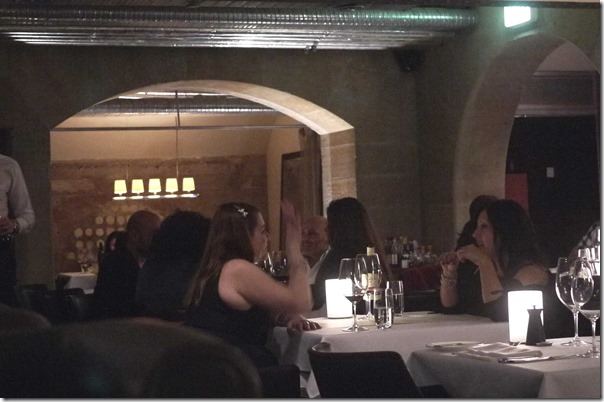




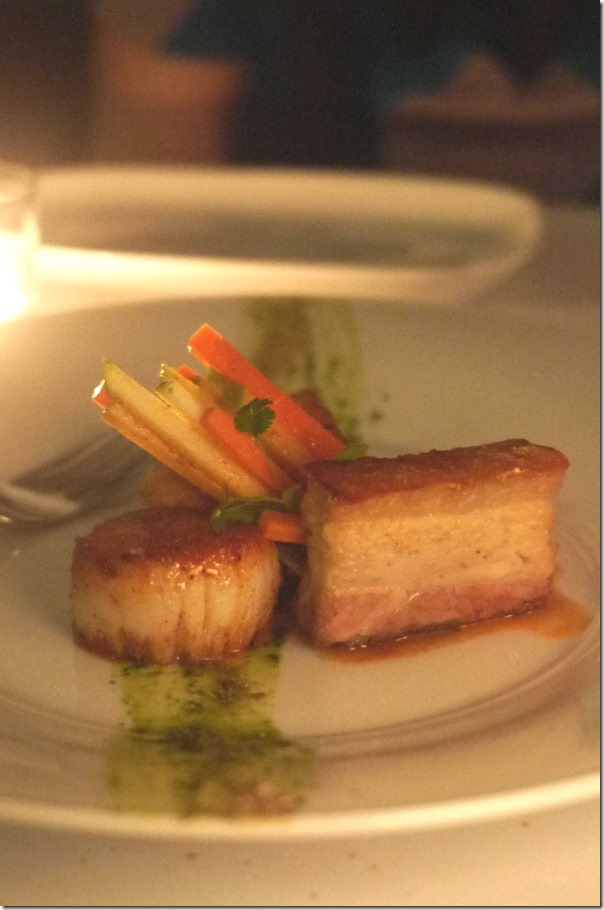

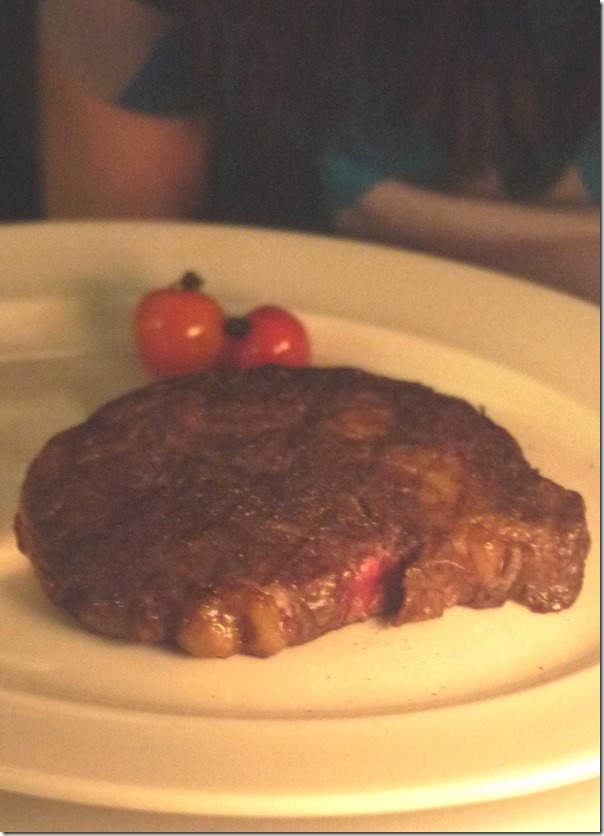
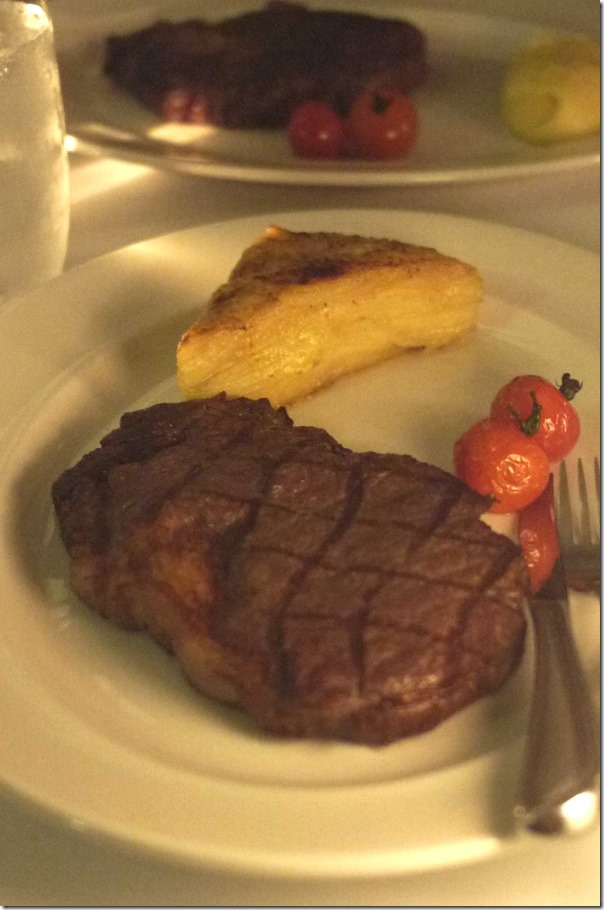









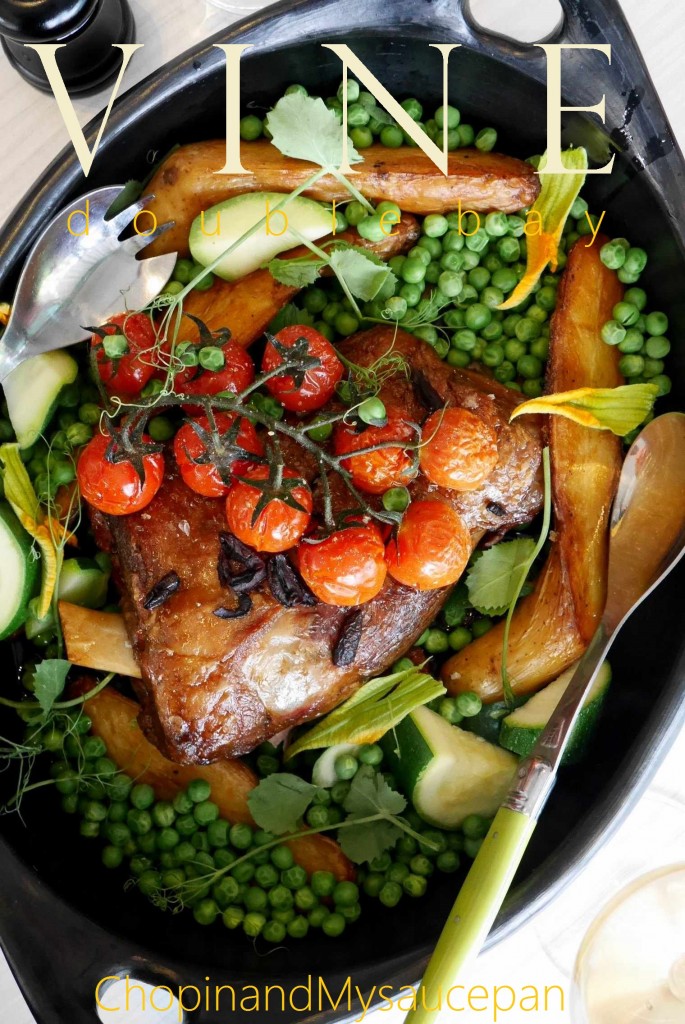







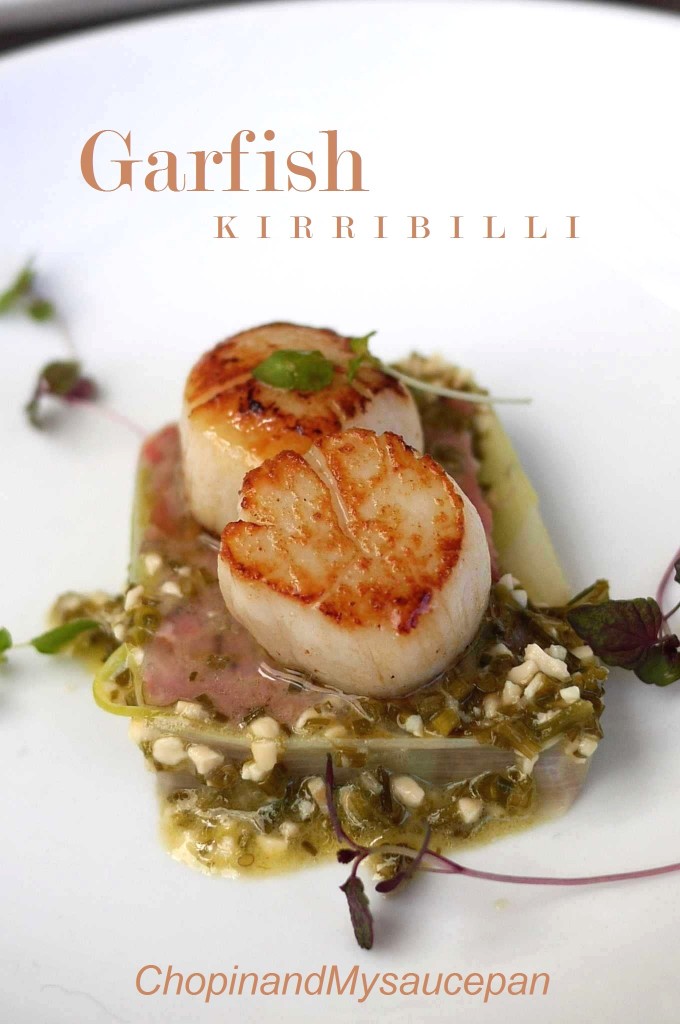
















































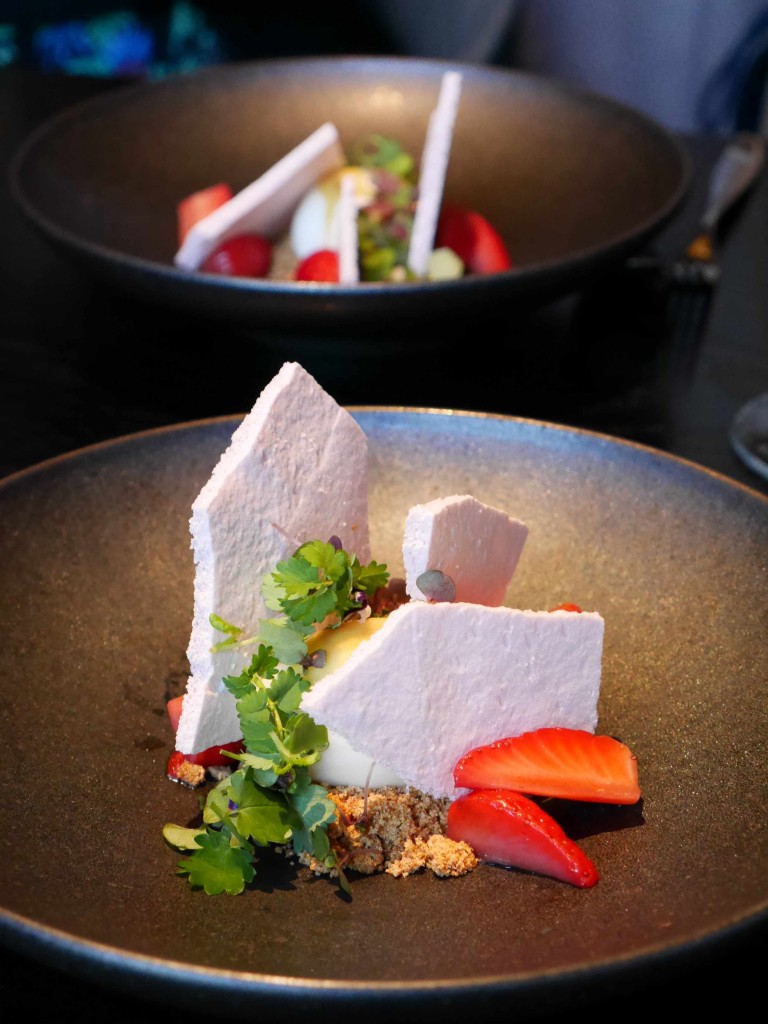



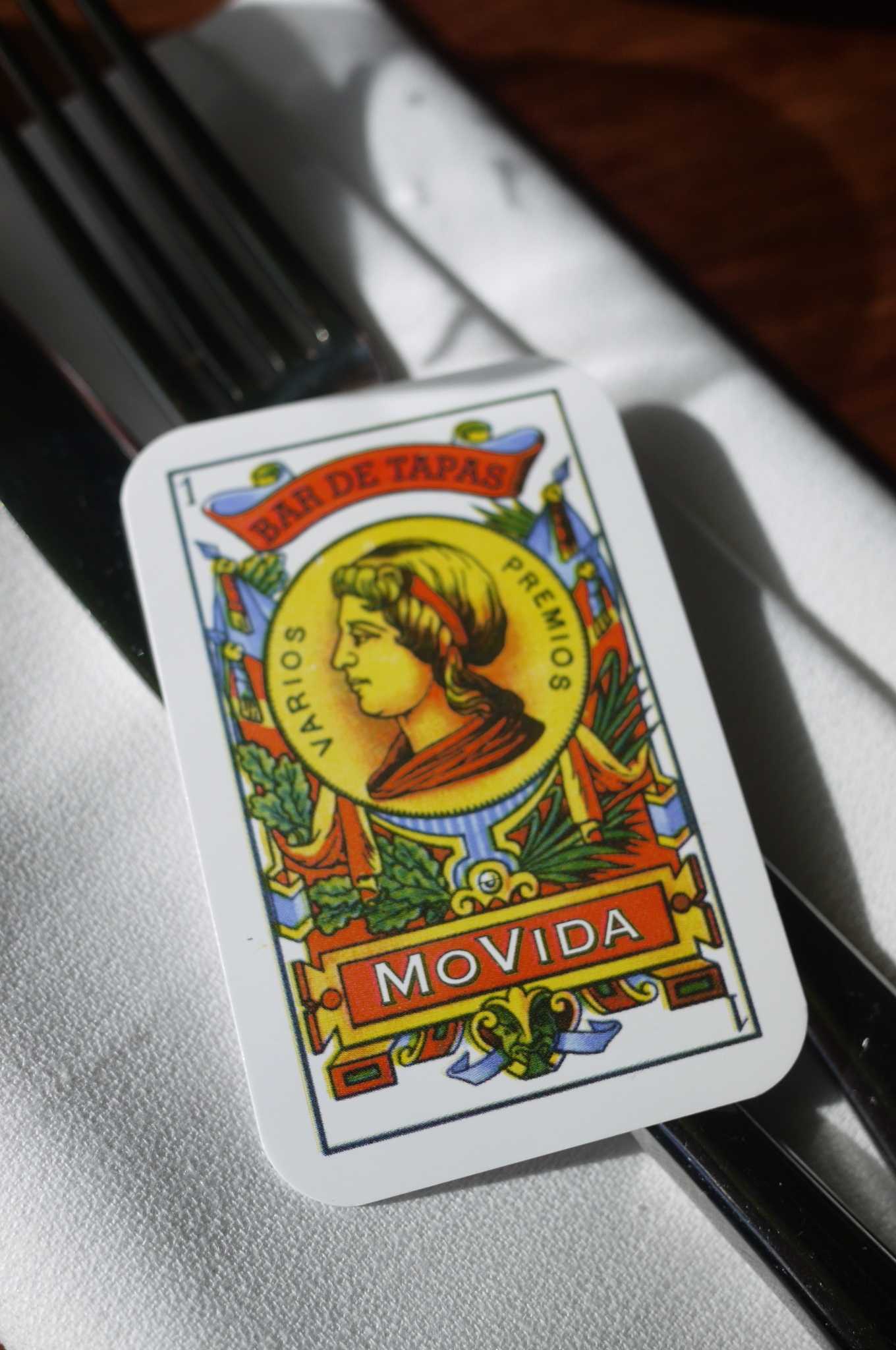






























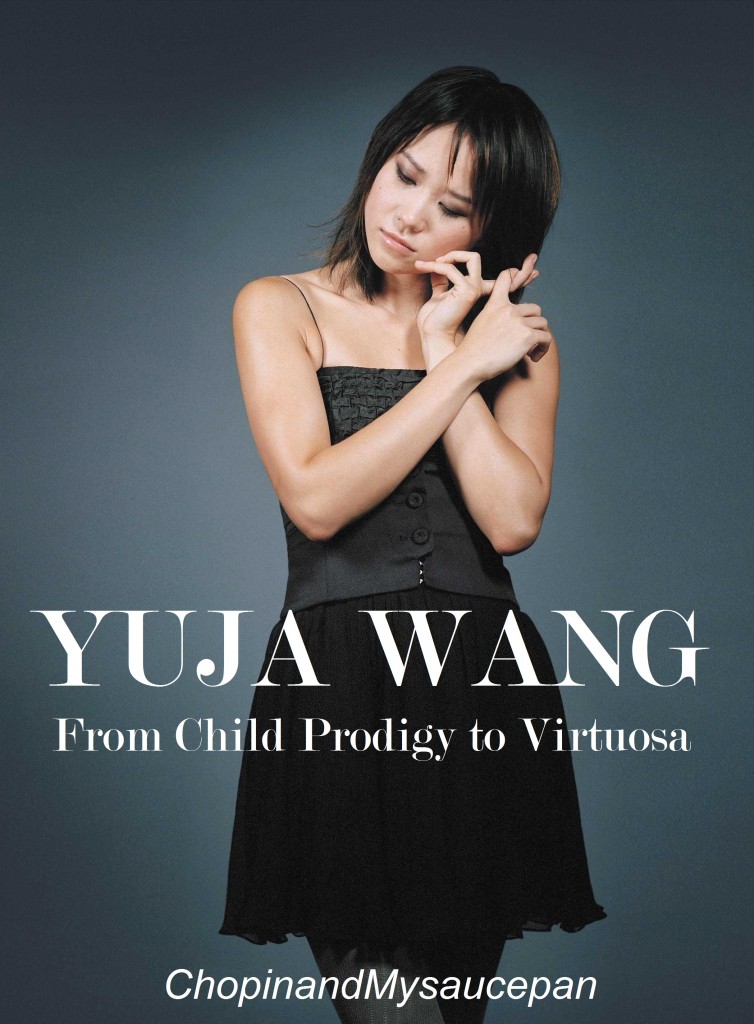










I think you should definitely try Heston’s method. I’ve tried it with a chestnut fed wagyu cap 9+ marbling and a grass fed eye fillet both from Victor Churchill and they were both excellent although different.
Dear Lorraine,
I am definitely doing the Heston method for my next steak. Come to think of it, I saw the chef at La Grillade doing it years ago and thought it was strange.
I absolutely love steak and I always choose eye fillet, it is so moist and lush. We are spoiled having a full blood wagyu farm nearby that produce a 9+ marbling score so naturally that is my favourite by far.
Great story, there is so much to know about good beef
Dear Julie,
Actually, I love the eye fillet at Japanese teppanyaki or the Chinese black pepper style when it’s cubed, so succulent and tasty, it melts in the mouth!
Ahhh this is such a great post! I was reading it on my phone earlier today, difficult to reply until I got home and typed it in front of a computer. Anyway, I love your taste in food. It is very much refined, yet down to earth as you really do enjoy the simple pleasures that food brings. This steak is a good example. A good old steak is all you need, but premium quality just takes it to the next level.
Dear Winston,
I agree that sometimes, the simplest recipes taste the best when you are working with the best ingredients.
i’d definitely be ordering that Seared scallops with crispy pork belly, carrot & apple salad
Oh God! I have just got to go!!!
“Just plonk that piece of meat on a warm plate and give it to me.” Spoken like a true steak connoisseur! I agree with you — thinner cuts sacrifice flavor and texture, in favor of “time.” This post was a steak education. Loved it!